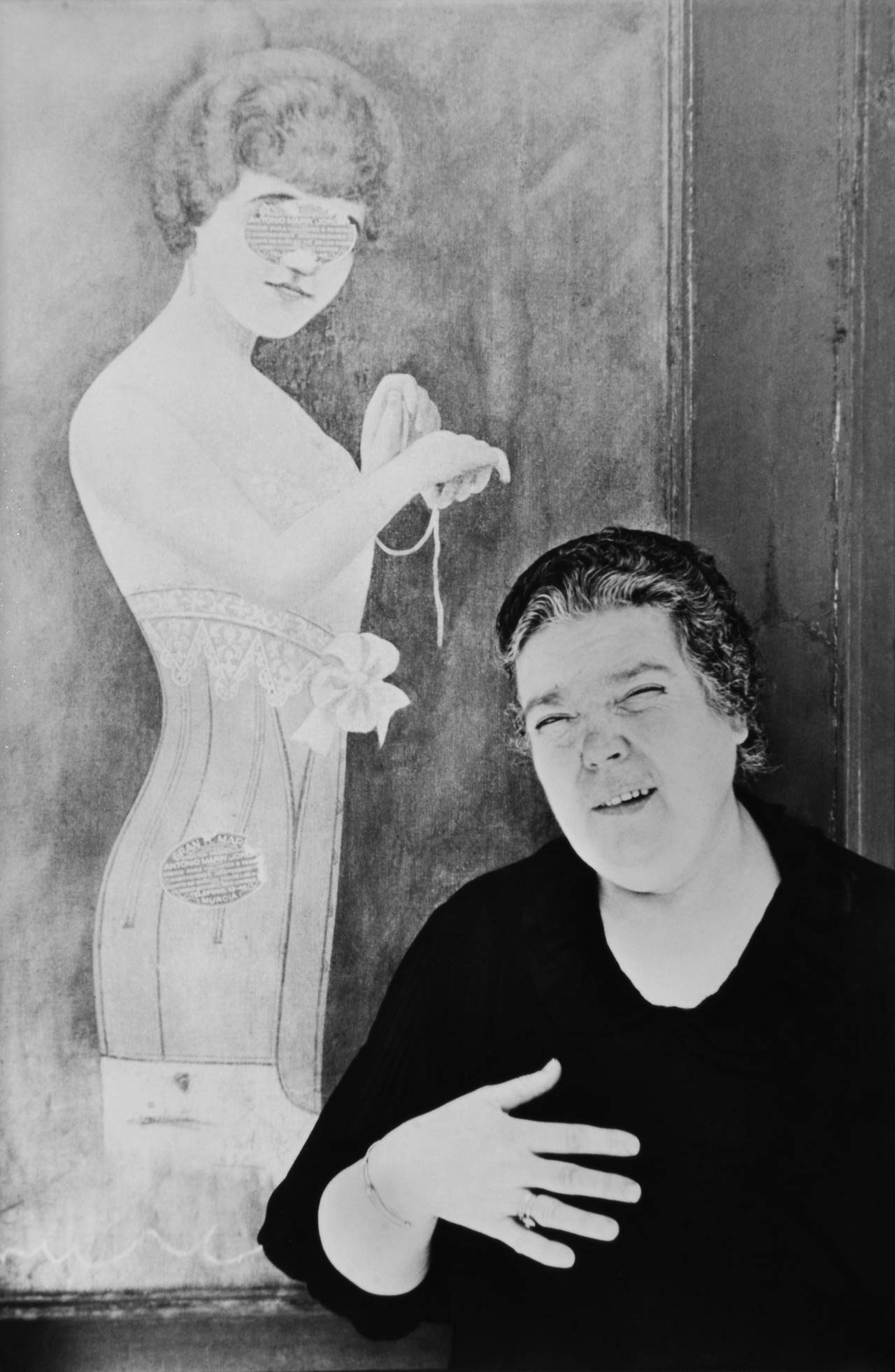This is the only picture taken in Córdoba by the best photographer of the XXth century: Henri Cartier-Bresson, L’oeil du siècle.
Vu Magazine sent Cartier to cover the Spanish elections of 1933. However, once in Spain, the photographer noticed social phenomena beyond politics that needed to be seen and captured by the camera: poverty, prostitution, abandoned buildings, abandoned human beings sleeping in public places just like those he captured in France, Italy, Mexico and the USA.
The photographer visited Toledo, Alicante, Barcelona, Granada, Córdoba, Sevilla, Madrid and the remaining Spanish outer domains in Morocco; hence the abundance of pictures in his general world catalog. In 1932, Cartier was just beginning his career as a photographer.
From the 28th of November to the 6th of December of 1933 one young Henri Cartier-Bresson, living in Spain, exhibits a remarkable selection of “anti-graphic photography” in Madrid’s Ateneo. It is the second exhibition in his life as an artist. The first one had taken place just two months before, from the 25th of September until the 16th of October, in the Julien Levy Gallery in New York. It was also exhibited as “anti-graphic photography”. Both exhibitions presented this picture of Córdoba. The Ateneo’s exhibit was organized by Guillermo de Torre and Ignacio Sánchez-Mejías, bullfighter and close friend of Federico García Lorca, to whom he would later dedicate the famous poem At five in the afternoon: «It will be a long time, if ever, before there is born an Andalusian so true, so rich in adventure».
I am dead certain that Cartier-Bresson took many more pictures than we now have of him. I am also dead certain that he did not take just one picture in the city of Córdoba. I am not sure, though, if researches yet to be carried out shall allow us to see those misplaced negatives of Córdoba, as of today lost in time. It will be difficult, if not impossible, since Bresson, who back then took care of his own darkroom work, is extremely rigorous with his photographs and destroys the negatives that are not good enough for him. In fact, almost all the graphic stock available from his first years came out of the positive copies specifically made for these sort of exhibitions or to be published in magazines.

We were not lucky with this picture of Córdoba, we only know that it was taken in the city because of its title “Córdoba 1933”. It could have been taken in any of the shopping streets of the city: from the bustling Gondomar street to the stores in Espartería street (or Calle Nueva). There is no doubt that is a pure Cartier-Bresson work. Two big elements share the frame: and advertising board, one of the preferred objects by the photographer –he captures them all over the world looking for the contrast between the selling images and the sound reality. And as counterpoint a woman dressed in black with her hand leaned in her chest in such a way that she resembles a painting by el Greco, one the cult painters of surrealism.
We should always have in mind that before committing to photography, Bresson was a painter and an illustrator, that was his true passion. Later in life, old, he would abandon photography and take up painting. Little more can be acknowledge from the picture except from the brand of the lingerie advertised, sold by some mister named Antonio Marín Jordán from Murcia.

Text by Luis Calvo.
Sources:
Ateneo de Madrid.
www.moma.org

